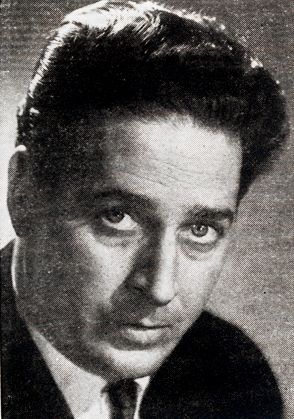Styles
- All Products
- Abstract
- Tapestry
- Constructive Jewels
- Contemporary Art
- Constructivism
- Cubism
- Sculpture
- Expresionism
- Figurative
- Photography
- Geometric Style
- Old Masters
- Hiper-Realism
- Impressionist
- Mural Paint
- Art Belongings
- American Paint
- Contemporary Art
- Foreign Painting
- Folkloric Paint
- National Painting
- Planism
- Realism
- Surrealism
- Torres García School
- Outlet
- Escuela Argentina
- Escuela Chilena
- Expresionismo
- Libros y afiches
- Modernismo
- Neoexpresionismo
- Post impresionismo
- Realismo Social
- ab
- abs
- arteco
- figurativo
- gran
- ob
- pin
- pin
- plan
Llorens, Antonio
Antonio Llorens born in Buenos Aires (Argentina) and moved to Montevideo (Uruguay).
Attended the Círculo de Bellas Artes in Montevideo (Uruguay) with Guillermo Laborde and Jose Cúneo. At the end of the 1940s and beginning of the 1950s, Llorens’s paintings followed the Madí movement and its characteristics of irregular frame and co-plane, and he participated in Madí collective exhibitions. In 1952, he joined the Grupo de Arte No-Figurativo, founded by Jose Pedro Costigliolo and Maria Freire, and participated in two collective exhibitions they organized at the Asociación Cristiana de Jóvenes (Montevideo, 1952 and 1953). His paintings at that time were chromatic and formally similar to Costigliolo’s and Freire’s, combining curved and orthogonal geometric forms in geometric works of great lyricism. When the Grupo dissolved, the styles of the former members diverged. Llorens continued participating in collective exhibitions with Freire and Costigliolo, including Pintura y escultura and Costigliolo, Freire, Llorens, Galería Salamanca (Montevideo, 1954).
The progressive simplification of forms in Llorens’ work was accompanied by the gradual reduction of his palette culminating in the use of only black and white as he focused on investigating the optical phenomena in his paintings. In 1960, he joined the Grupo 8, with which he exhibited he paintings in black and white, characterized by minimaluse of lines. Between 1962 and 1972, he taught at the Escuela Nacional de Bellas Artes de Montevideo, and, in the mid 1970s, he began experimenting with ceramics. In 1977, Llorens presented an retrospective exhibition in the Galeria Aramayo (Montevideo). In the field of Op-Art, Llorens combined curved and straight lines with effects of rotation and displacement, creating dynamic. In 1987, he received the Premio Nacional de Pintura INCA (Montevideo).
Solo Exhibitions (selection)
Suggested Bibliography
Arte Madí. Madrid-Badajoz: Museo Nacional Centro de Arte Reina Sofía-Museo Extremeño e Iberoamericano de Arte Contemporáneo, 1997.